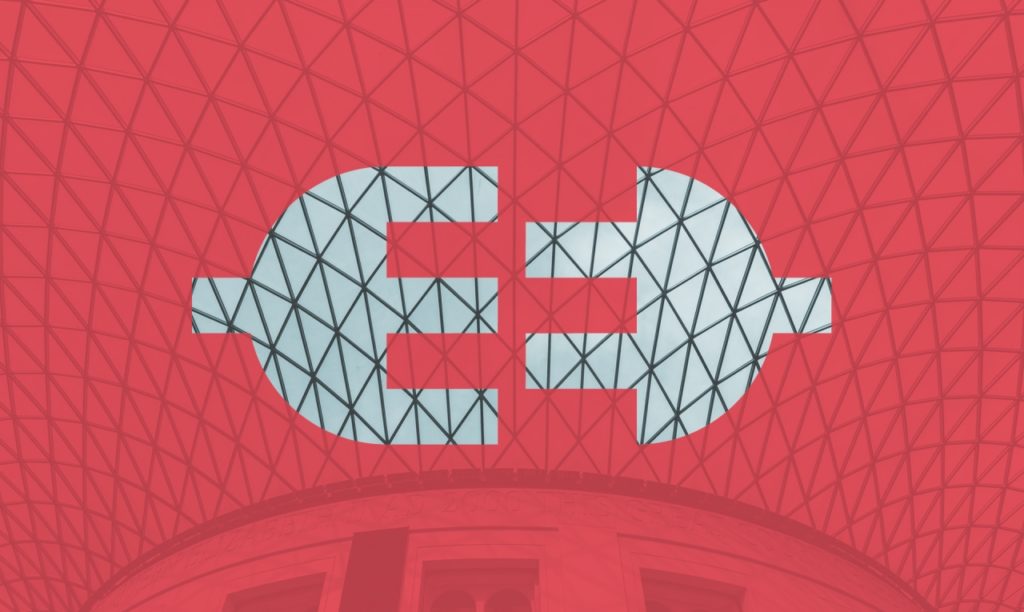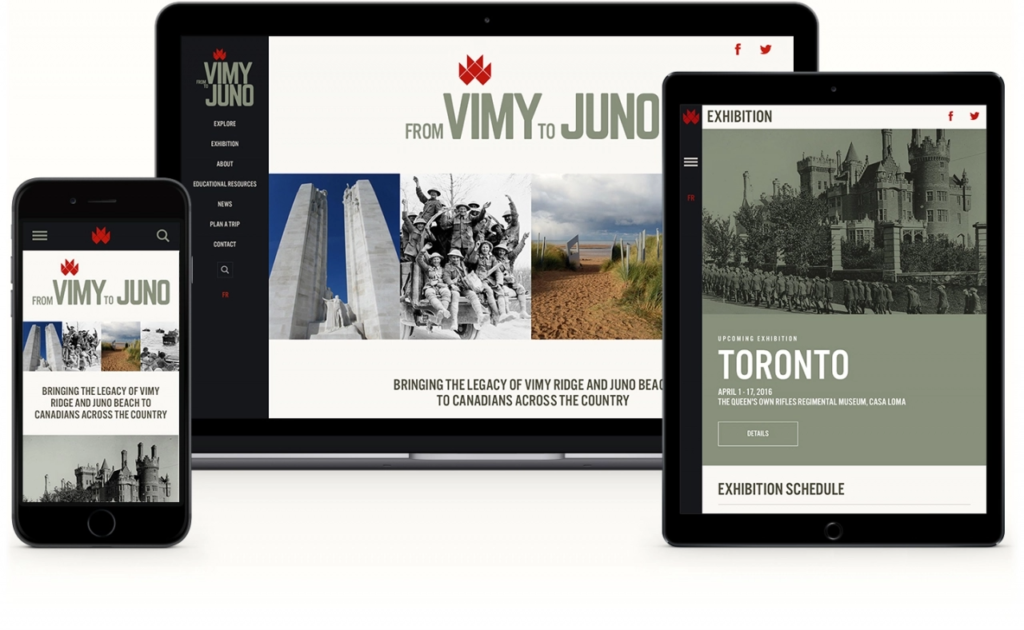Digitizing our Cultural Experiences
Author
Warren Wilansky
Date
avril 5, 2016

How to start communicating past the museum walls
The truth is, nothing is going to replace the feeling of being in a room with a Group of Seven painting, or looking down on the beaches of Normandy and feeling the weight of your country’s wartime history. But what if we are unable to see those paintings
first hand or visit those landmarks? Today, a museum’s role has moved past simply being a space to engage face to face with history, art and culture. It is a now a conversation with the audience and it happens before the visit, during the visit and even
after the visit.
How can museums and cultural centres reach beyond their physical spaces and engage someone in an online experience that tells a story and speaks to new generations?
With 10+ years of digital partnership with several arts & culture organizations, Plank has been part of new approaches and best practices that have amplified the Canadian cultural experience.
So… Is your museum digital enough?
Here are some simple questions you might want to ask yourself:
1. Are you doing all you can to support your visitors?
The reality is, a person’s experience starts before they even walk through the museum door. How can you make sure it’s a good one?
Enable online ticketing & digital tickets
This is likely already a we-should-have-this item on a long list of museum priorities, but let us reinforce. Make sure you have online ticketing. Make sure it is done well. The ease of being able to buy your tickets online, have barcodes scannable upon
entry (the Eventbrite app is a really good example of this) and not plan your visit around when the lines will be shortest is going to become the standard.
Easy + time saving = happy museum visitor.
It’s 2016. Make your website responsive
In 2015, mobile surpassed desktop as the device that people used most for searches 1. This means that your mobile site needs to look and function as impressively
as it does on a desktop. Responsive design and strategic mobile planning must be part of your organization’s digital strategy.

WIFI Access
A large number of cultural visitors are tourists. Most people travel with their phones, but not everyone has an international data plan. By providing WIFI access, you let visitors share their visit in the moment with their friends & family.
Which brings us to the next point…
2. Are you social?
Your exhibit or collection may live within the confines of 4 walls, but it can definitely travel the world in mere seconds by social media. Your visitors are going to want to tag themselves, share their photos and if they can, be part of a movement or
campaign that helps spread your message. What are some easy ways to do this?
- Have a social presence. Be on Facebook, Instagram, Twitter, etc.
- Create social campaigns and use hashtags.
- Encourage social sharing from inside the cultural space.
- Keep it fun. It’s all about storytelling and being part of something.
3. Is there a digital tool that can enhance the visitor’s experience?
Plank has been Culture Days’ digital partner since 2009. Culture Days is a 3-day festival that encourages arts & culture participation in various communities across Canada. Each year, Culture
Days and Plank asked participants what could be improved. We wanted to know how we could make their overall experience better. Over the years, we have introduced geo-locating tools for better online event browsing, a schedule building app for users to
create their own itineraries and many more features.
It is important to ask what ways you can improve a visit and further engage your visitor. Consider a mobile app that delivers more information than the traditional space – for example, visitors at the Boston Museum of Fine Arts can download an
image-detection app for additional and hidden details about each painting.
4. What about the people who can’t visit?
There are many people who may not have the opportunity to visit important landmarks and cultural centres in their lifetime, but this does not mean they cannot experience something that educates, enlightens and enriches them through another medium.
- Use your website to create a virtual experience for these users.
- Tell stories through images, video and interactive features.
- Invest as much time thinking about the user behind the screen as you do the visitor who walks through your doors.
In 2015, Plank began working with the Juno Beach Centre in Canada to build the From Vimy to Juno website—an interactive experience that showcases
personal stories and archival footage that tell the story of Canadians in the First and Second World Wars. While a travelling exhibit will make its way across Canada in 2016, this site will continue to engage audiences in their homes and in classrooms
for years to come.
5. Are there grants to support your digital projects?
Now, if you are someone involved in arts & culture and you are reading this list, you might be shaking your head and saying, “It would be great, but we don’t have enough funding.” We know. Over the past 17 years, we have seen the ins and outs of the
Canadian arts & cultural landscape and we understand funding plays a very vital role in what cultural organizations can accomplish. We want to help get your projects funded and we are willing to invest this effort into a project we believe in.
So, is there funding to support your digital projects? There’s a good chance there might be. There is now widespread understanding that digital components can not only support non-digital projects, but that they can also reach a larger and vaster audiences—creating
awareness, education and increased interest in Canadian culture and content.
Determining your digital goals and priorities can be daunting. There are lots of moving parts to consider and in many instances it comes down to time, funding, and priorities. Let us leave you with one thing we know for sure: a digital experience
can be big or small, but you need to do it well and you need to engage people. Start with that and you can do great things.
